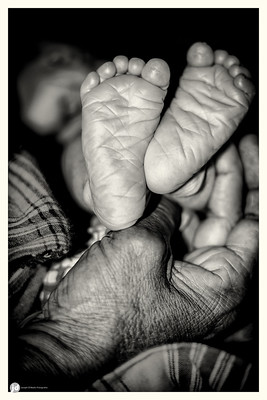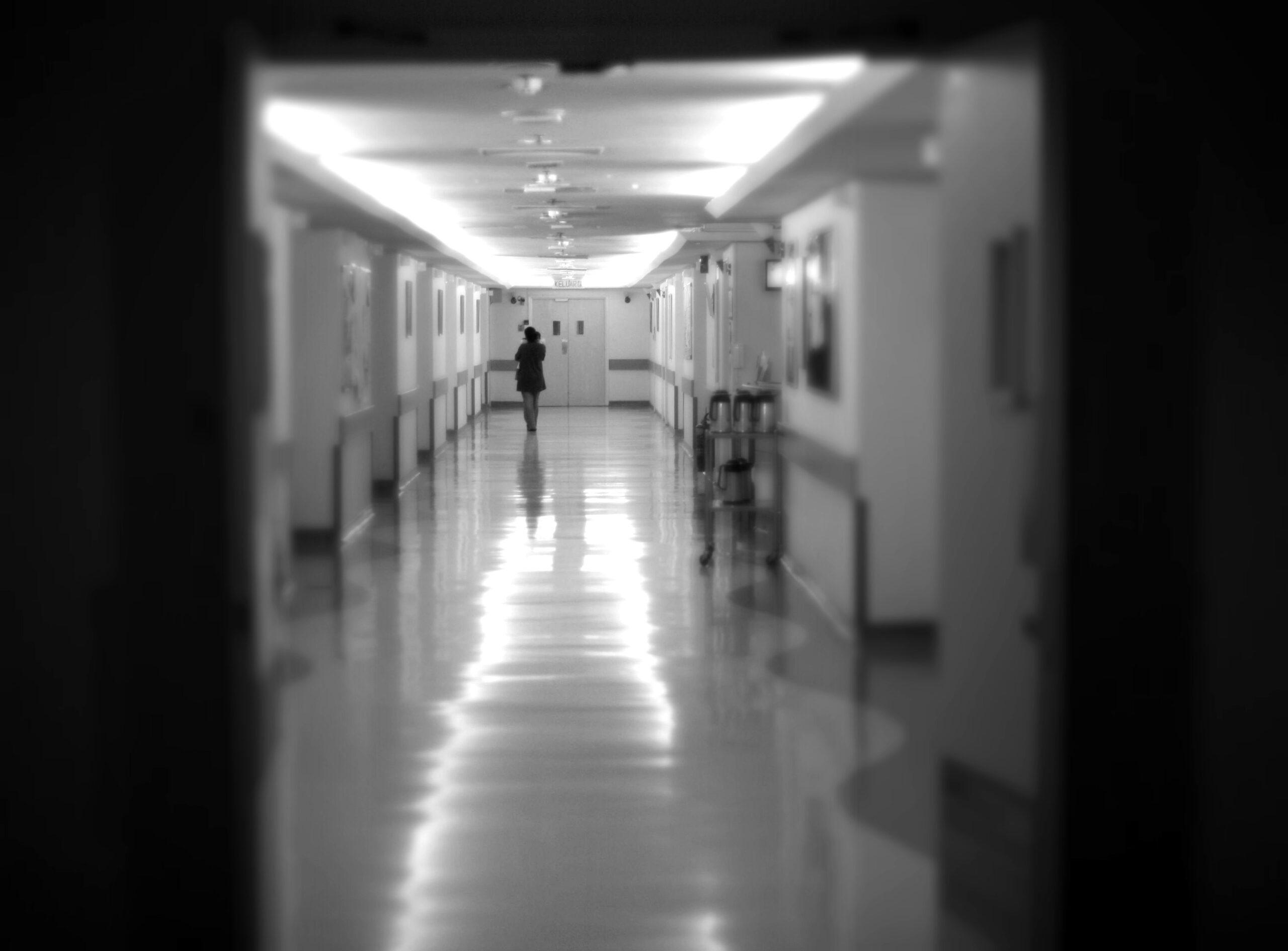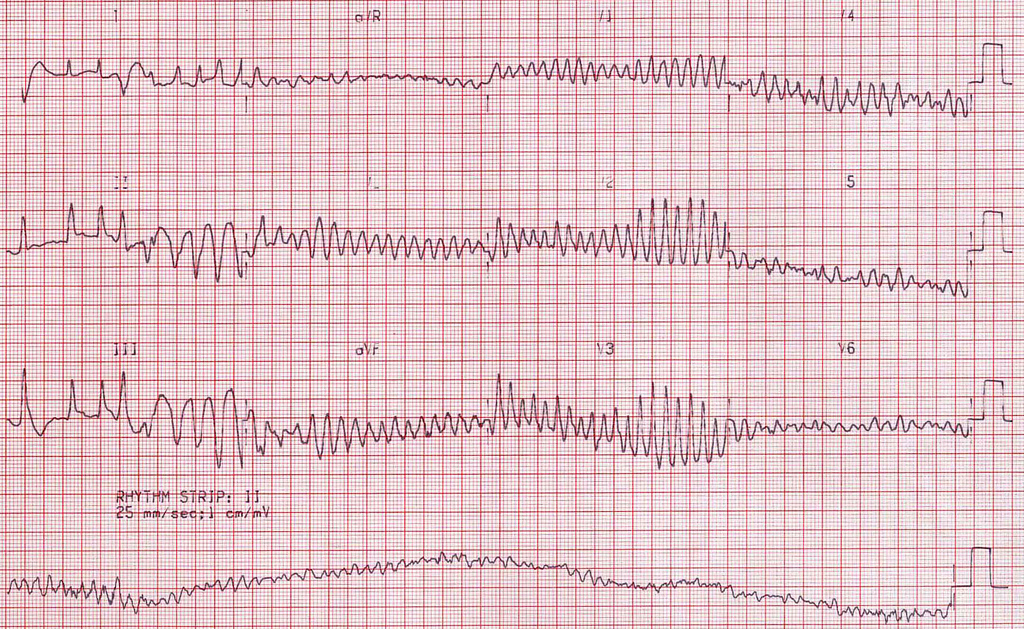Code Blue
Baby powder, body odor Dark red blood, pale white skin A mother’s cry, a baby’s silence Image Credit: “Baby Feet” (CC BY-NC 2.0) by Joseph D’Mello Poetry Thursdays is an initiative that highlights poems by medical students. If you are interested in contributing or would like to learn more, please contact our editors.





